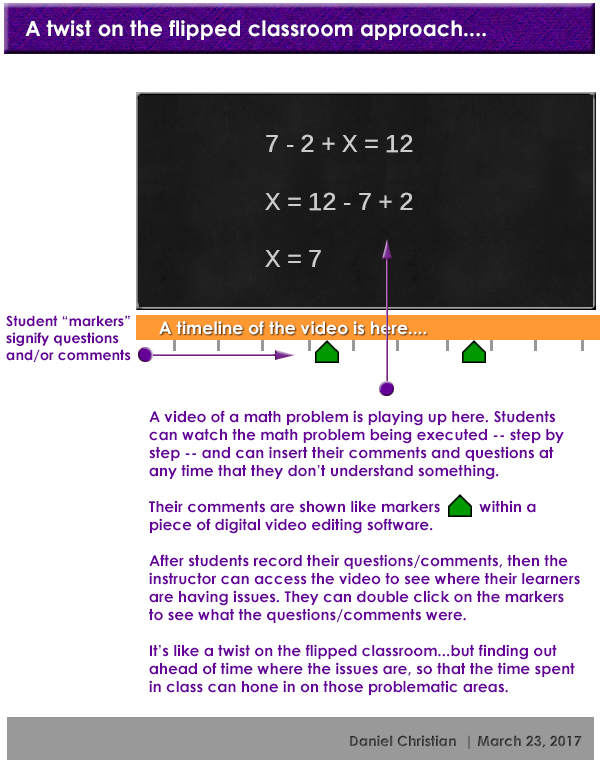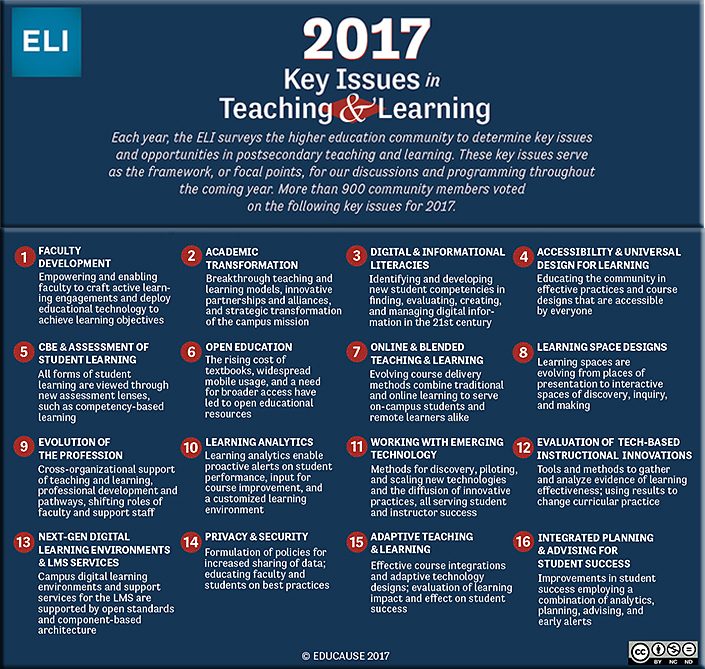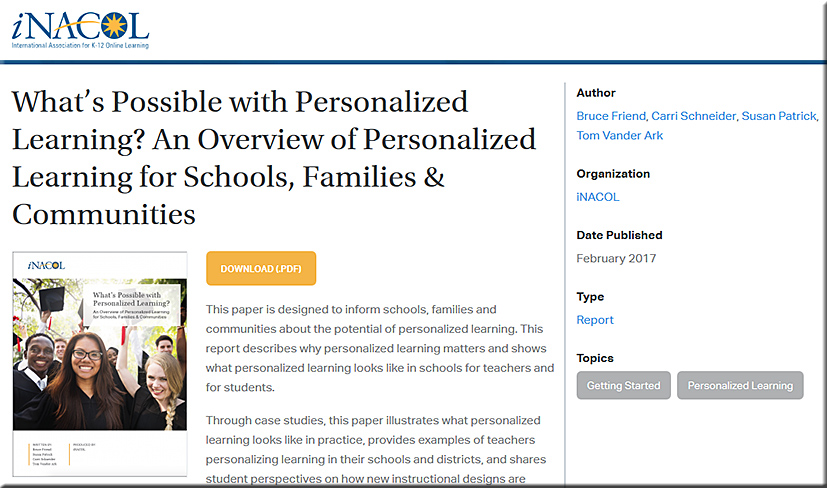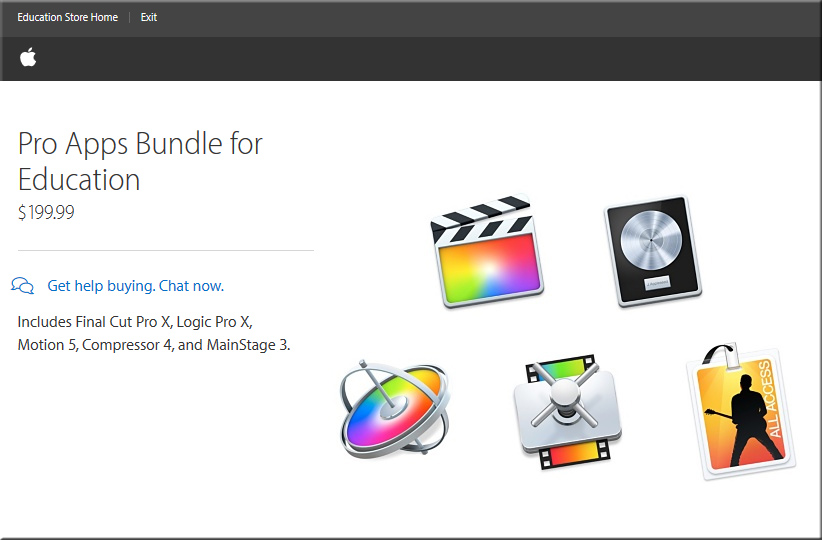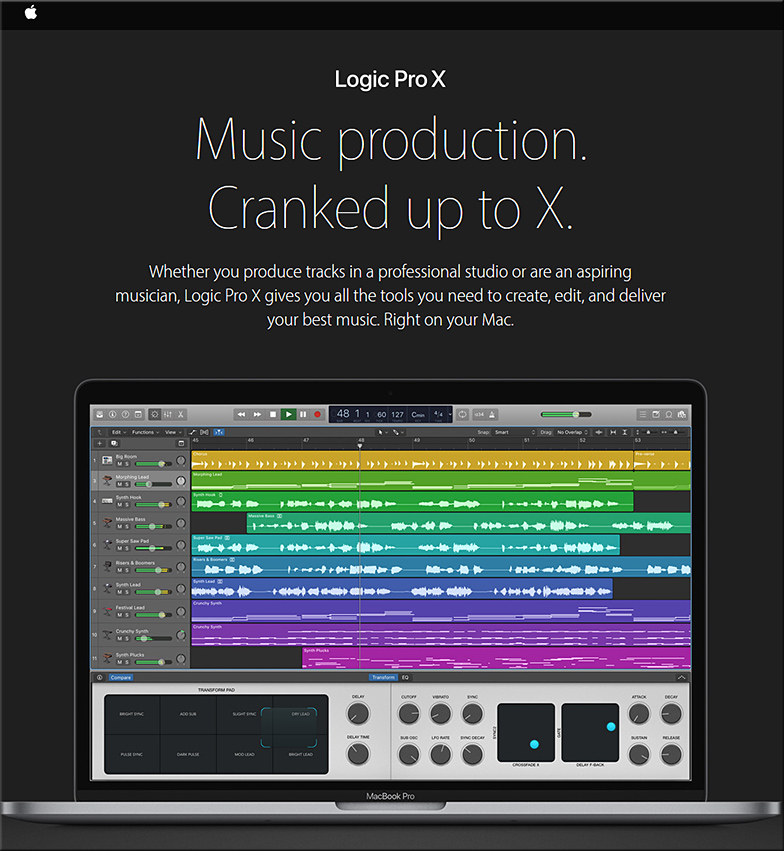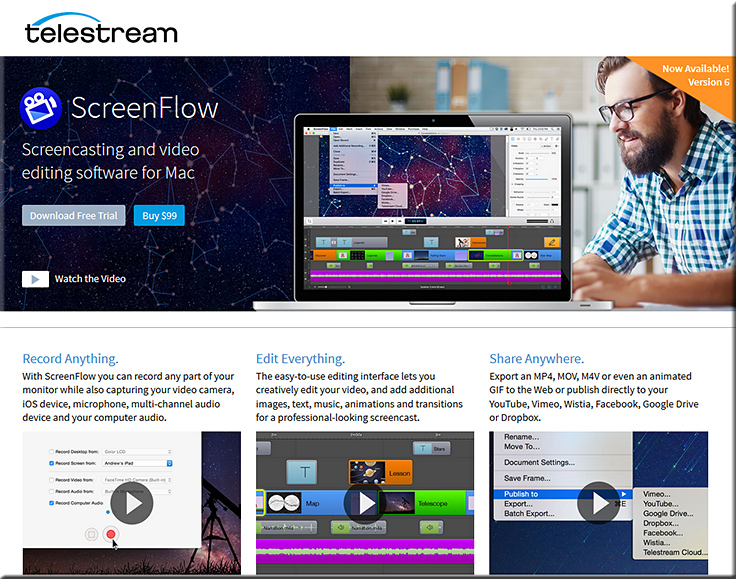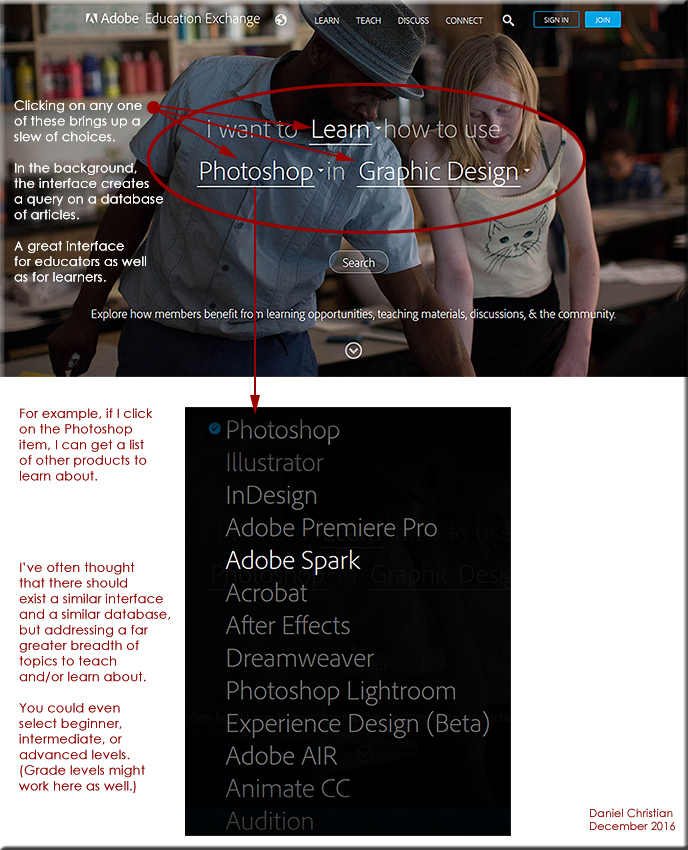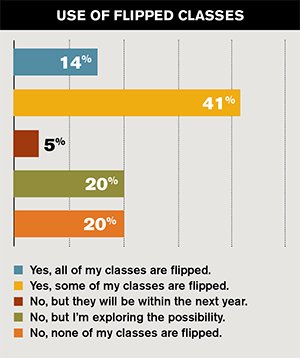New journal Science Robotics is established to chronicle the rise of the robots — from techcrunch.com by Devin Coldewey
Excerpt:
Robots have been a major focus in the technology world for decades and decades, but they and basic science, and for that matter everyday life, have largely been non-overlapping magisteria. That’s changed over the last few years, as robotics and every other field have come to inform and improve each other, and robots have begun to infiltrate and affect our lives in countless ways. So the only surprise in the news that the prestigious journal group Science has established a discrete Robotics imprint is that they didn’t do it earlier.
Editor Guang-Zhong Yang and president of the National Academy of Sciences Marcia McNutt introduce the journal:
In a mere 50 years, robots have gone from being a topic of science fiction to becoming an integral part of modern society. They now are ubiquitous on factory floors, build complex deep-sea installations, explore icy worlds beyond the reach of humans, and assist in precision surgeries… With this growth, the research community that is engaged in robotics has expanded globally. To help meet the need to communicate discoveries across all domains of robotics research, we are proud to announce that Science Robotics is open for submissions.
Today brought the inaugural issue of Science Robotics, Vol.1 Issue 1, and it’s a whopper. Despite having only a handful of articles, each is deeply interesting and shows off a different aspect of the robotics research world — though by no means do these few articles hit all the major regions of the field.
See also:
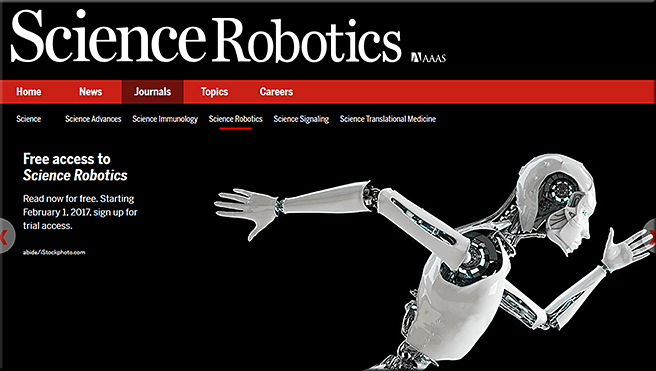
Excerpt:
Science Robotics has been launched to cover the most important advances in the development and application of robots, with interest in hardware and software as well as social interactions and implications.
From molecular machines to large-scale systems, from outer space to deep-sea exploration, robots have become ubiquitous, and their impact on our lives and society is growing at an accelerating pace. Science Robotics has been launched to cover the most important advances in robot design, theory, and applications. Science Robotics promotes the communication of new ideas, general principles, and original developments. Its content will reflect broad and important new applications of robots (e.g., medical, industrial, land, sea, air, space, and service) across all scales (nano to macro), including the underlying principles of robotic systems covering actuation, sensor, learning, control, and navigation. In addition to original research articles, the journal also publishes invited reviews. There are also plans to cover opinions and comments on current policy, ethical, and social issues that affect the robotics community, as well as to engage with robotics educational programs by using Science Robotics content. The goal of Science Robotics is to move the field forward and cross-fertilize different research applications and domains.
